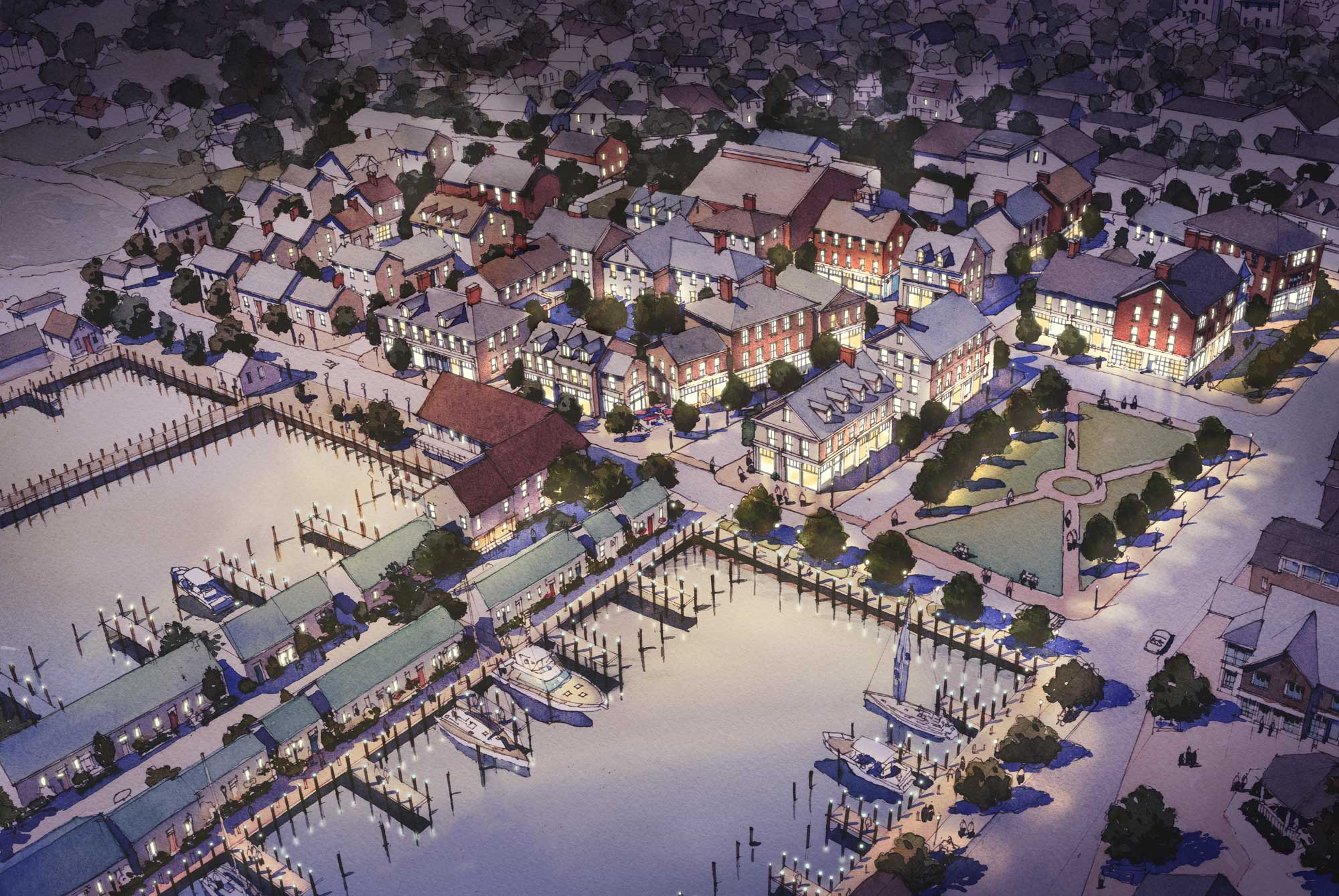artistic methods in city planning
Alright, folks, let’s explore the creative aspect of city planning. We’re not merely referencing doodling a few lines on a napkin while enjoying a flat white. Oh no, it’s far more refined than that. Urban planning is where innovation intersects with pragmatism, much like a flawlessly executed cutback on a perfect wave.
Picture the city as a canvas, with planners acting as the artists deftly handling their tools. Their methods are reminiscent of a surfer’s technique—smooth, yet regulated. These artists employ everything from hand-crafted illustrations to digital designs, encapsulating the spirit of a space before a single brick is set. It’s a bit like envisioning your next significant wave before you even plunge into the ocean.
These creative methods are the often-overlooked champions behind our urban environments. They breathe life into the aspirations of a community, ensuring that every street corner and park bench fits into the grand scheme. It’s akin to crafting the ideal surfboard—every bend and shape must be just right.
So, the next time you stroll through a newly developed neighbourhood, take a moment to value the artistry involved. It’s not merely a collection of buildings; it’s a masterpiece unfolding, brought to life by the adept hands of urban planners. And who knows, perhaps you’ll catch a hint of Aussie spirit tucked within the details, much like spotting a cheeky kangaroo in the outback.
background of new urbanism movement
Now, let’s ride into the background of the New Urbanism movement. Visualize this: it’s the late 20th century, and urban sprawl is expanding quicker than a kookaburra’s call at dawn. Enter the New Urbanists, a collective of visionary planners and architects who determined it was time to embrace the waves of transformation.
These trailblazers were weary of cities that resembled concrete jungles instead of lively communities. They yearned to revive the allure of previous eras, where neighbourhoods were pedestrian-friendly, and community spirit was as robust as a rip current. It was about designing environments where you could stroll to the local café, much like a casual walk on Bondi Beach.
The movement made a splash in the 1980s, riding the momentum of traditional neighbourhood design. It was a fusion of timeless charm and contemporary functionality, akin to a vintage surfboard with a fresh wax finish. The New Urbanists drew from historical lessons but weren’t shy about charting a new course for the future.
They advocated for mixed-use developments, where residential, commercial, and recreational zones cohabited like a pod of dolphins gliding on the same wave. Streets were crafted for individuals, not solely vehicles, fostering a sense of place that was as welcoming as an Aussie BBQ on a warm summer’s day.
So, the next time you find yourself wandering through a lively urban centre, tip your hat to the New Urbanists. They’re the pioneers who changed the narrative, demonstrating that with a splash of creativity and a heap of enthusiasm, we can create cities that are not only practical but also a pleasure to inhabit. Just like riding the perfect wave, it’s all about equilibrium, mates.
